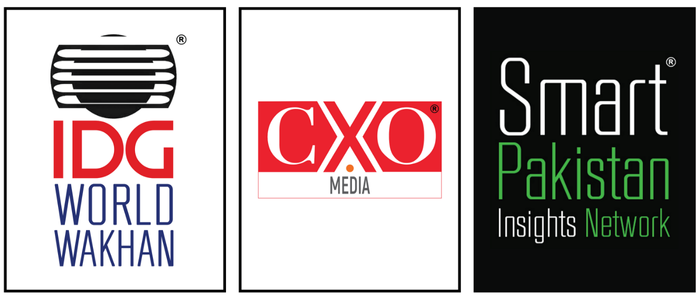One of the biggest complaints marketers (along with everyone else) have is the lack of credible, verifiable sources that publish stats about the local telecom industry. And if you can’t find that online, then you’ll never be able to locate stats from different time periods that demonstrate the percentage of growth or slump an area has experienced. Hence the guesstimation and chaos begins to run wild.
We went around the web to try and locate some of these sources for you and attempt to consolidate them. Our sources have been a number of websites that have content posted by credible bloggers or IT professionals who have been writing about the industry for at least 6 years. We also referred to the Internet World Stats, the PTA website and the Bureau of Statistics, Government of Pakistan. (You’ll find the links with the online version of this article on ciopakistan.com, so please check there).
So the total population of Pakistan is estimated at 160 million people. Back in 2000, when there were only 3.1 million fixed line subscribers in the country, we were a country of 141 million. With the fixed line spectrum having more players, World Call, Union Communications and Naya Tel have also launched their services, though their customer base dwindles in the few thousands as compared to the 4.4million fixed line users associated with PTCL. Today, there is in excess of 5,200 km of fiber optic cable running through the country. Wireless Local Loop users are at more than 2.2 million users and still not looking very exciting. But then in terms of marketing, everyone looks to GSM and beyond.
The good news for those of you who haven’t been witness to the growth already, there are close to 89million mobile phone users. Interestingly in the days when Julia Roberts whipped out the brick in “My Best Friend’s Wedding”, Pakistan had 300,000 users of the brick technology. According to the report on PTA’s website, Mobilink still leads with an estimated 32 million users, followed by Ufone at 18 million closely followed by Telenor by a few thousand less, Warid at 15 million, Zong (formerly Paktel) at 4 million, Instaphone, despite being misspelled on the PTA site, is at 350,000 users. In 2000, Pakistan had .22% mobile density and reports were being published that predicted the increase by a few meager percentages in the following years. Eight years later, we have an estimated 55% mobile density.
Here’s where things get even more interesting. In 2006, there were 2.5billion SMS’s (Short Message Service) that were sent out and as the crazed user base continues to grow, so will this figure. The number of mobile phones that were imported has been at a collective value greater than $1 billion but that was before we visited China Mobile Market in Karachi. The number can safely be estimated quite a bit higher. And while you’re estimating, take note of the fact that from the total mobile phone imports, almost 800,000 phones were imported on a monthly basis.
Compared to the 800,000 mobile phones a month, there were a little over a million PCs sold in a year. Tragic if you think about what that means, but then this situation really is a game of perception – Is it good to have more mobility-ready devices flooding the market than desktops? Go figure!
Last but not least, you should know that there have been no surveys conducted to find out the exact number of internet users, but back in 2000, there were close to 500,000. Until last year, which is when the Internet World Stats dates its findings, there were 12.5 million users, of which Broadband was somewhere around the 100,000 user range. That too, was before the deployment of WiMAX and a few more cable operators so that number must have gone up already. With EVDO and PTCL’s VWireless in the picture a bit stronger, these numbers feel like they’re a bit outdated.
The PTA states that there are 2,300 cities that have internet connectivity across Pakistan, and there are close to 20 ISP (Internet Service Providers) that are still functioning. Some were bought out by larger Telecom companies or else they merged into larger projects or just faded away.





